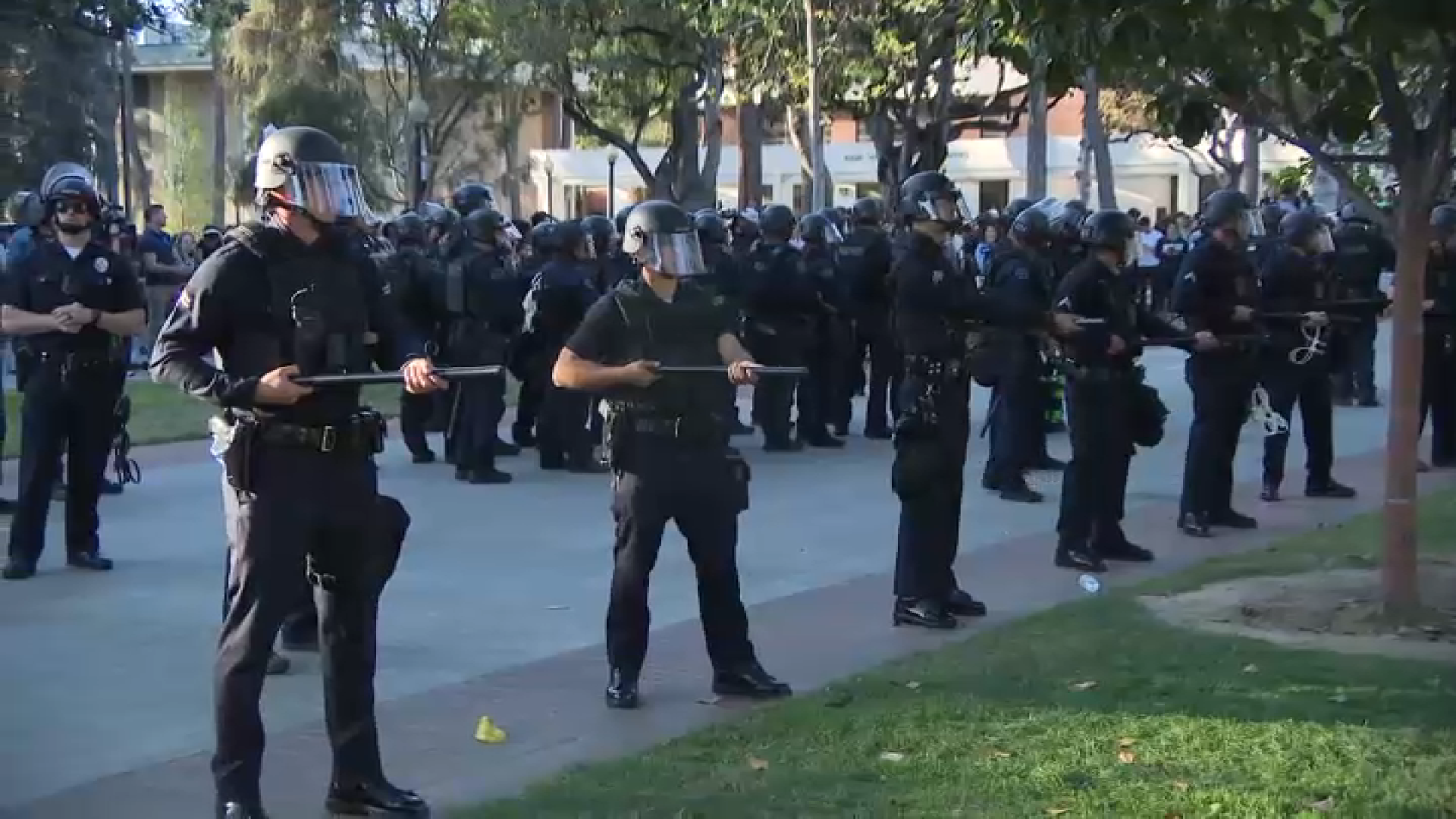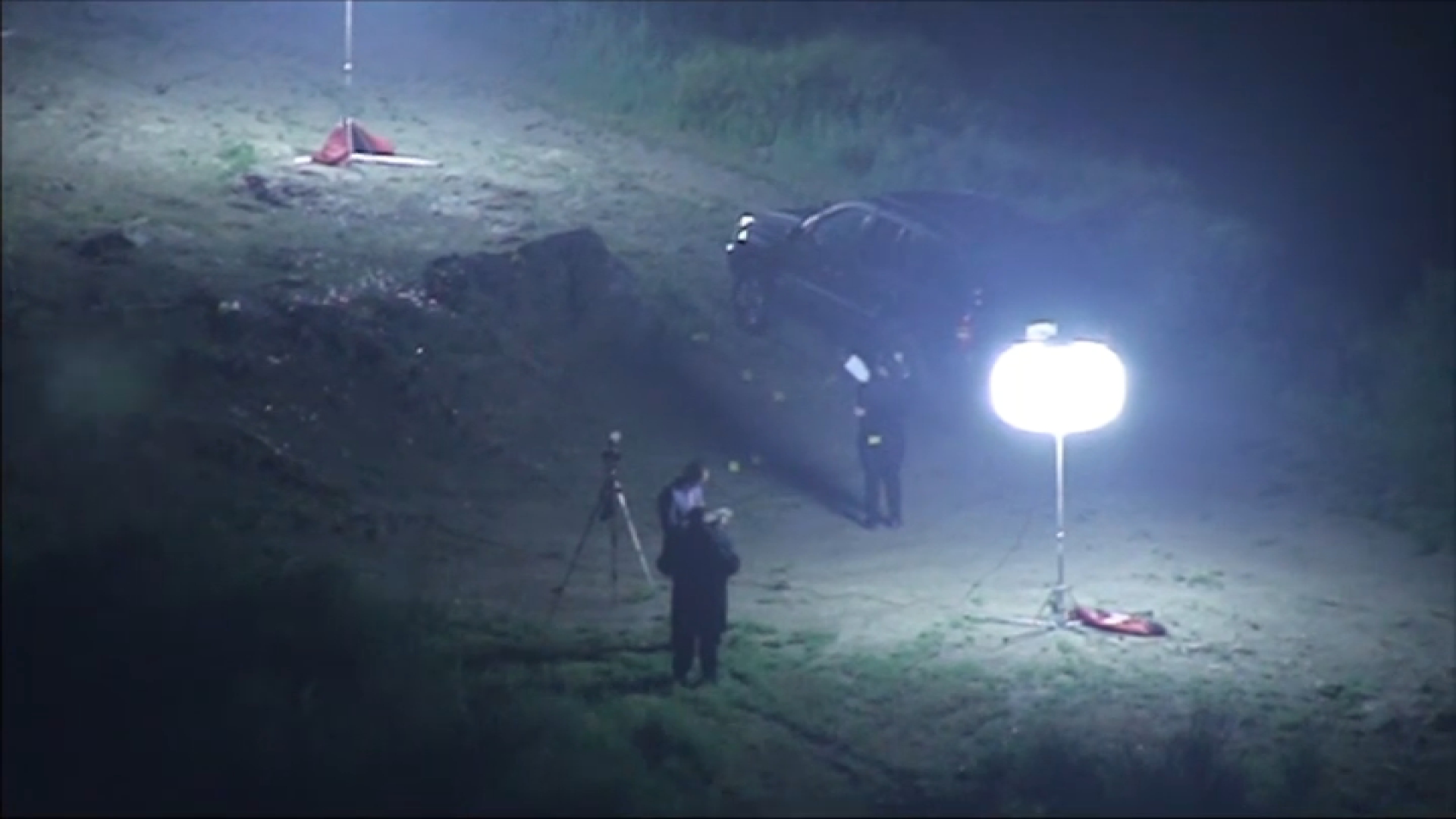Scroll through the map above until you get to the fifth section for current air quality conditions.
The smoke resulting from the tick fire is creating unhealthy air quality over several areas of L.A. County, officials said Friday.
Officials specifically named five areas: Northwest Coastal Los Angeles County, the west San Fernando Valley, the east San Fernando Valley, the Santa Clarita Valley and the San Gabriel Mountains.
"It is difficult to tell where smoke, ash or soot from a fire will go, or how winds will affect the level of these particles in the air, so we ask everyone to remember that smoke and ash can be harmful to health, even for people who are healthy," said Dr. Muntu Davis, the Health Officer for Los Angeles County. "If you can see smoke, soot, or ash, or you can smell smoke, pay attention to your immediate environment and take precautions to safeguard your health. These precautions are particularly important for children, older adults, and people with heart or lung diseases.''
These precautions include avoiding unnecessary outdoor exposure and limiting physical exertion -- whether indoor or outdoor -- such as exercise, according to a county statement. Children and people who have air quality sensitive conditions, such as heart disease, asthma, and other chronic respiratory diseases, should follow these recommendations and stay indoors as much as possible even in areas where smoke, soot, or ash cannot be seen, or there is no smell of smoke.
Photos: Firefighters Battle the Tick Fire North of Los Angeles
Local
Get Los Angeles's latest local news on crime, entertainment, weather, schools, COVID, cost of living and more. Here's your go-to source for today's LA news.
"If your condition worsens, contact your health care provider immediately for medical advice or call 911,'' urged the statement.
Wildfire smoke is a mixture of small particles, gases, and water vapor. Small particles are the primary health concern. These small particles can cause burning eyes, runny nose, scratchy throat, headaches, and illness (i.e., bronchitis). In people with sensitive conditions, they can cause difficulty breathing, wheezing, coughing, fatigue, and chest pain.
Davis added: "We are also advising schools and recreational programs that are in session in smoke-impacted areas to suspend outside physical activities, including physical education and after-school sports, until conditions improve. Non-school related sports organizations for children and adults are advised to cancel outdoor practices and competitions in areas where there is visible smoke, soot, or ash, or where there is a smell of smoke. This also applies to other recreational outdoor activities, such as hiking or picnics, in these areas.''
People can participate in indoor sports or other strenuous activity in areas with visible smoke, soot, or ash, provided the indoor location has air conditioning that does not draw air from the outside, and it has closed windows and doors to protect the cleanliness of indoor air. If not, it is recommended that everyone follow the guidelines that apply to the outdoors.
A number of recommendations were made for pet owners.
"Avoid leaving your pets outdoors, particularly at night. Pets should be brought into an indoor location, such as an enclosed garage or a house.
"If dogs or cats appear to be in respiratory distress, they should be taken to an animal hospital immediately. Symptoms of respiratory distress for dogs include panting or an inability to catch their breath. Symptoms for cats are less noticeable but may include panting or an inability to catch their breath.''
See the latest information on evacuations, school closures and more here.



